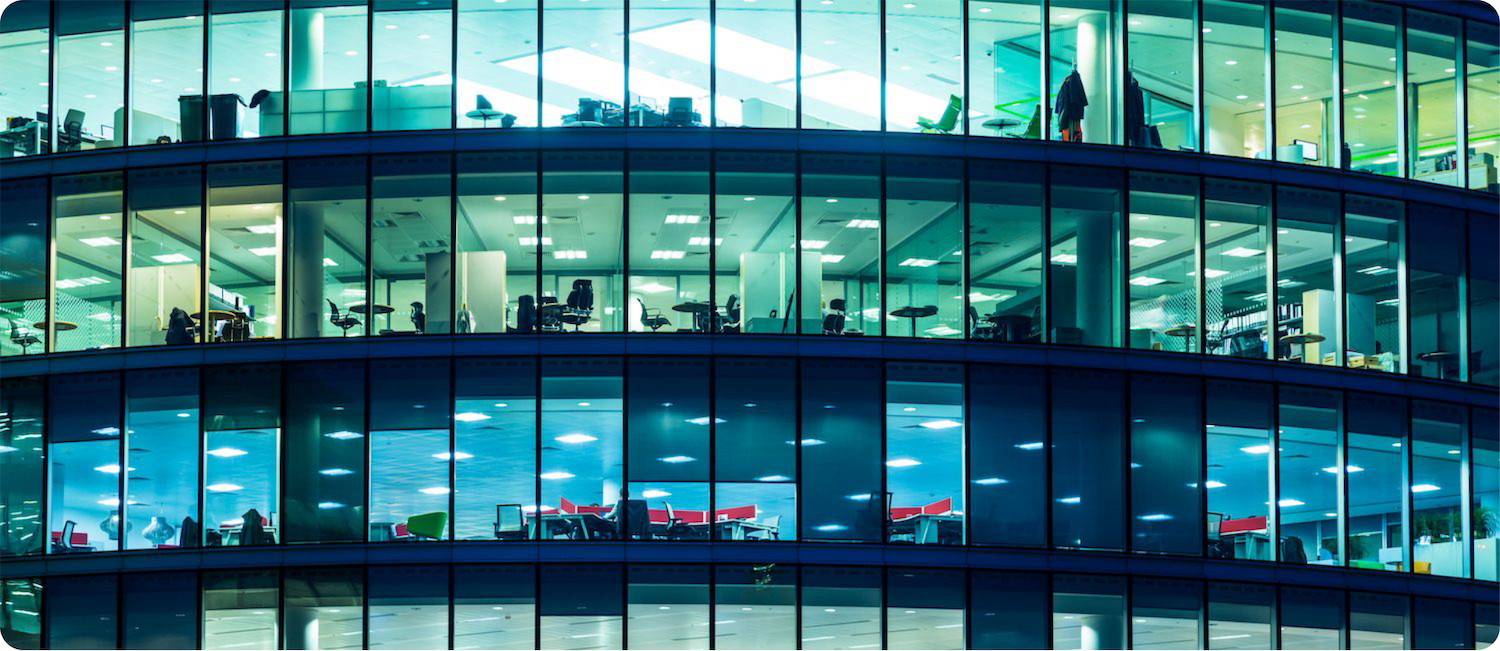3 Types Of Commercial Lighting & Their Uses
Whether your business involves an office space, a warehouse or a retail space, commercial lighting has a significant impact on how your employees or your customers feel in the space. Each type of commercial property has different lighting requirements, but universally a good setup will combine different kinds of commercial lighting to create the best space.
Not only that, but lighting is oftentimes the easiest and best way to improve an office or retail environment. However, you should still always consult with a commercial electrician in order to make sure that your commercial lighting plan is cohesive and effectively illuminates all the different spaces you have under one roof.
In addition, you’d also want to ensure you follow the necessary energy codes, that all concerns about energy efficiency and costs have been taken into account, as well as scalability of the lighting system. For all of these, you need a professional, experienced licensed electrician.
To accomplish all of the above, you’ll generally need to think about 3 main types of lighting:
- Ambient or general lighting;
- Accent lighting;
- Task lighting.
General Commercial Lighting
General lighting, also known as ambient lighting, true to its name, sets the tone for your space. In terms of illumination, ambient lighting should create just enough light for people to see and move around safely and comfortable. Due to the fact that it’s a uniform, base level of property lighting, it can help with energy efficiency and cost reduction, since the light levels can be lowered. The standard recommendation for ambient lighting is 30 to 50 footcandles.
Usually, general commercial lighting uses ceiling fixtures or overhead ones, like track lights, recessed pot lights, chandeliers or ceiling lamps. One could also use standalone lighting fixtures like table or floor lamps, in which case this type of lighting can double as task lighting. Vertical lighting is also an important aspect of ambient illumination and it can be done with sconces or wall washers, which make the space feel larger and create a welcoming, pleasant environment.
To achieve this welcoming look and feel, it’s often recommended to use commercial LED lighting with warm color temperature for general or ambient lighting.
Accent Lighting
Accent lighting is designed specifically to create a focal point. It adds dimension to the illumination of a room, being generally built upon the ambient lighting. Oftentimes, it reinforces the aesthetics and design of the space, creating a dramatic accent on shapes, color and textures. It achieves this by using a focused light source.
In order to achieve this dramatic effect and draw the eye, this type of lighting should be at least three times more powerful towards its focal point than the rest of the lighting in the room. Usually, it makes use of recessed or track lighting, wall-mounted features and sconces that are angled towards the feature you want to spotlight. Adjustable trims and point source lamps that provide directional control also work.
If it’s artwork that you’re trying to highlight, then it’s best to use LED lights, because they don’t have UV light and they emit almost no heat. This will ensure that your artwork doesn’t get damaged over time.
A common mistake business or property owners make when it comes to accent lighting is accenting too many things and emphasizing nothing. The recommendation from IESNA is to have a 5:1 ratio of accent to ambient lighting. This will help you achieve a significant visual effect. In terms of illumination, the recommended levels are 150 to 500 footcandles.
Commercial Task Lighting
As its name predicts, task lighting is supposed to help your employees when working on a task. There’s a variety of sources that can help achieve this type of localized lighting, and can also provide adjusting options. This means a certain space or work area can be made brighter or darker to suit specific needs.
The purpose of commercial task lighting is to reduce glare and prevent eye strain. This is very important, because both of these can have a harmful impact on employees from headaches and reduced productivity to severe migraines and more.
The right light fixtures for tasks will depend on the type of work carried out. It can also depend on the average age of your employees, as when people get older they become more sensitive to glare. Regardless, task lighting should generally provide anywhere between 269 to 1076 lumens within a workspace.
Out of the three types of commercial lighting, task light is perhaps the most varied when it comes to fixtures. It can be achieved by overhead sources, as well as desk lamps, floor lamps and more. Recessed and track lighting can also do the job. In order to reduce glare and limit the possibility of shadows, if you’re using lamps, these should be adjustable and angled down .
LED bulbs, as well as halogen ones, are used for task lights, although LED is clearly the better option, because these bulbs don’t get hot even if you’re working for large periods of time. They provide direct, bright light, which is ideal for task completion.






